The world is gradually becoming cashless, and India is one of the frontrunners in this direction. In a cashless economy, a substantial fraction of transactions is carried out without exchanging currency notes or coins. So, a cashless economy is not essentially a cash-strapped economy. The primary objective of a cashless economy is to ensure that people and institutions carry out their transactions, payments, and settlements without holding cash. However, currency notes and coins of smaller denominations continue in circulation even in a cashless society.
Theoretically, money is demanded in an economy for three motives, namely precautionary motive, transaction motive, and speculative motive. In a cashless economy, these motives are fulfilled through a variety of other methods of transactions. Transactions without cash are done mainly through digital information exchange systems, which can occur in multiple forms like credit cards, debit cards, electronic wallets, Universal Payment Interface (UPI), National Electronic Funds Transfer (NEFT) and Real-Time Gross Settlement (RTGS) and Immediate Payment Service (IMPS), or any other such means. However, traditional means like checks and demand drafts also continue in the cashless system.
In the year 2008, the Reserve Bank of India (RBI) and the Indian Banks’ Association (IBA) established a non-profit organisation called the National Payments Corporation of India (NPCI) to facilitate internet-based digital transactions and develop a robust payment and settlement infrastructure in India. NPCI got a shot in the arm during the COVID phase when online transactions in India peaked in June 2020. UPI, BHIM UPI, BharatQR, the Cheque Truncation System (CTS), RuPay, and most recently, Digital Rupee, are some important initiatives undertaken by NPCI. Further, from 2015 onward, the cashless system of payment in the country got a boost under the Digital India Mission. Among other digitisation objectives, the mission ambitiously aims for universal digital literacy in the country. The digitisation of the economy will steer the economy into a new era of development and greater integration with the rest of the world. At present, about 10 percent of the economic activities in India are fully digitised.
Digital Rupee
In her budget speech in February 2022, Finance Minister Nirmala Sitharaman announced the farsighted plan to launch the digital rupee (e? or eINR), a Central Bank Digital Currency (CBDC). In this direction, on 1st December, 2022 RBI announced the launch of the first retail digital rupee (e?-R) on a pilot basis at selected locations in closed user groups. The launch of the digital rupee is the most significant milestone in the direction of a cashless economy in the country. Further, RBI is expected to launch the Digital Rupee for Wholesale (e?-W) for institutional financial settlements like inter-bank settlements. Thus, CBDC is different from virtual currencies like cryptos (Bitcoins, Ethereums, Solana, and Polkadot etc.) which are neither legal tender nor supported by central banks. Cryptos may be acceptable in closed user groups, but not universally. So far, nine countries have established a CBDC, while many are seriously exploring this alternative.
Pros and Cons
A cashless economy brings advantages and challenges. The most important advantage of a cashless system is the substantial reduction in the cost of financial transactions, the cost of printing, and the cost of safely circulating currency notes from the bank note press to the rest of the country.
The cashless system is an elixir for the banking system. The issue department of the RBI, which is responsible for the proper and efficient management of currency note issue, will be left with almost no work. Further, the cost of the currency verification and processing system (CVPS), shredding, and recycling of soiled currency notes will also be significantly reduced. Apart from that, the cost of physical security will also be reduced, while the cost of cyber security will steeply go up. RBI estimates show that a full-fledged rollout of CBDC will eliminate ?4,984.80 crore security printing cost of physical currency currently borne by the general public, businesses, banks, and RBI. With a reduced cost of handling currency notes, CBDC will reduce the cost of the entire banking system, and a metamorphosis of the banking infrastructure is expected. Less employees and fewer branches with a little hard cash in smaller denominations will be sufficient because the bulk of our payments will be made in digital rupee. ATMs either will not be required or may be needed to dispense money in digital currency from an account to the device of the account holder. Money held in digital currency form will be like currency in hand and will not bear any interest; however, the system of interest-bearing savings accounts will continue in an existing manner.
A cashless system is a panacea for the formalisation of the informal sector and for detecting gray market transactions and tax evasion. Estimates show that the informal sector, with 80 percent of the labour force engaged, accounts for about 43 percent of the GDP at present. Formalisation will not only broaden the tax base but will also reduce tax evasion. Thus, the revenue productivity of the tax system will go up. With better coverage and reduced gray market transactions, the input tax rebate system under the Goods and Services Tax (GST) will become seamless, and the distortionary cascading effect will diminish. Real estate sector transactions will particularly reflect the genuine market value of property. Consequently, the revenue of the states and the center from stamp and registration duties and capital gains, respectively, will increase abundantly. Receipts from personal income tax will also increase as underreported income will be visible from the cashless digital transactions. In a cashless environment, corruption and illegal and criminal activities involving money will come under an inescapable scanner. Overall, the size of the black economy in the country will greatly decrease.
On the darker side, individual privacy will be significantly reduced in a cashless system. Spending details can be easily tracked, and financial behavior can be monitored. Leakage or theft of this private information may expose any individual to unimaginable financial risks. Cyber frauds may often mutate and appear in a variety of forms. And, people who have no access to internet-enabled devices (like beggars) will be at an immediate disadvantage in this system.
Forthcoming Challenges
The success of a cashless economy will greatly depend on digital literacy, seamless connectivity, public confidence in digital currency, and enhanced protection from cyber-attacks and fraud. At present, India, with a 75 percent literacy rate, is an unfit case for a full-fledged cashless economy, let alone digital literacy. Each adult and youngster in the country needs to be not only literate but also digitally literate and capable of affording a smartphone-like service with stable and seamless internet connectivity. According to Statista.com, the present smartphone penetration in India is about 55 percent, and it is expected to reach 96 percent by 2040.
Prime Minister Jan Dhan Yojna has so far ensconced about 50 crore beneficiary account holders in the web of the financial system. Further, the Jan Dhan-Aadhaar-Mobile (JAM) trinity has shown a transmuting effect on the digitisation of the financial system in the county. Now, the adoption of CBDC by the masses in the country is only a matter of acquaintance with basic digital technology and the availability of internet-enabled devices. Further, the existing legal framework pertaining to banking and payments needs to be revamped to align it with the emerging requirements of a cashless economy. Apart from that, contract laws also need to be in harmony with banking and payment laws.
Cues from the West
Hundreds of countries in the world are aspiring to a cashless society. According to FinTech Magazine, Sweden, the United Kingdom, Finland, Norway, the Netherlands, and Denmark are way ahead in cashless and contactless transactions. They are highly likely to become fully cashless soon. In the cashless societies of the West, cash is used by a few vendors and largely by older people. Even youngsters use apps for their pocket money. Consequently, cash in circulation in these countries has substantially decreased in recent years. Sweden has halved its cash in the last five years. People in the West are very adaptive to technologies and capable of affording digital devices.
The transition to a cashless economy is an ongoing process that requires an analysis of the potential advantages, problems, and challenges, in addition to actions that ensure universal access to the requisite technology and infrastructure with adequate safeguards in the digital economy. At this juncture, given the low literacy rate and a variety of other challenges, it seems that the pace of financial digitisation in India will remain slow and gradual and it will take many years for India to usher into a full-fledged cashless economy. Hastened attempts in this direction may be agonizing and vexing for many.







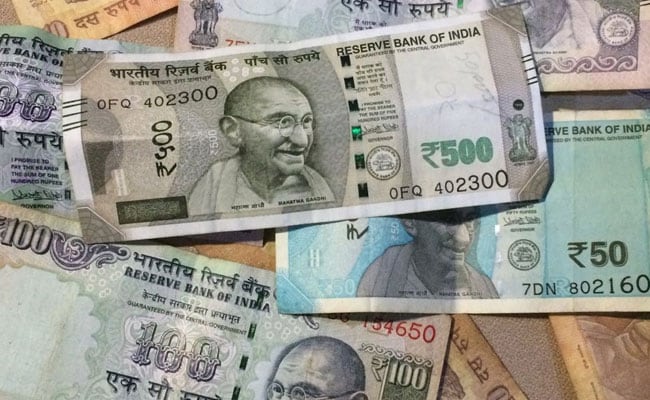
 OpinionExpress.In
OpinionExpress.In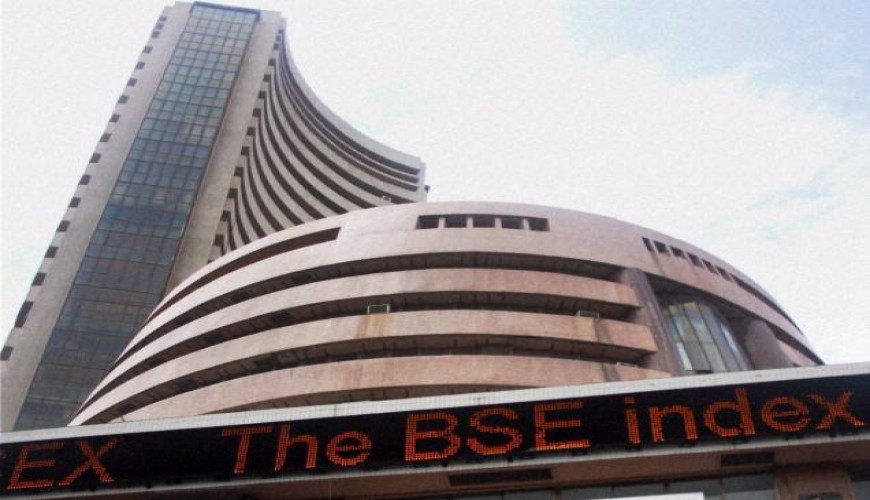
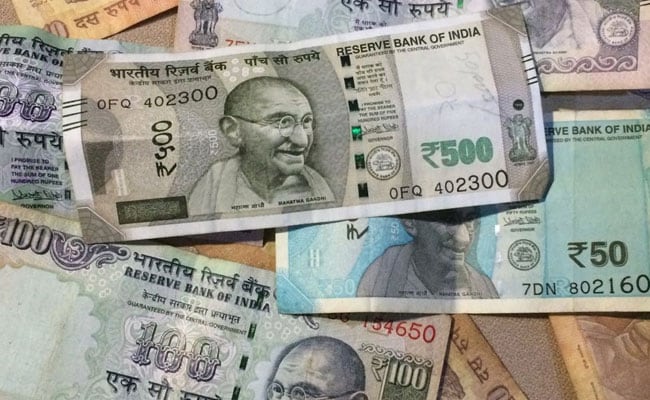

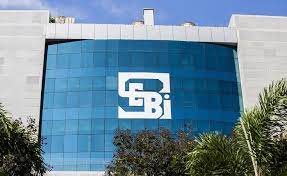


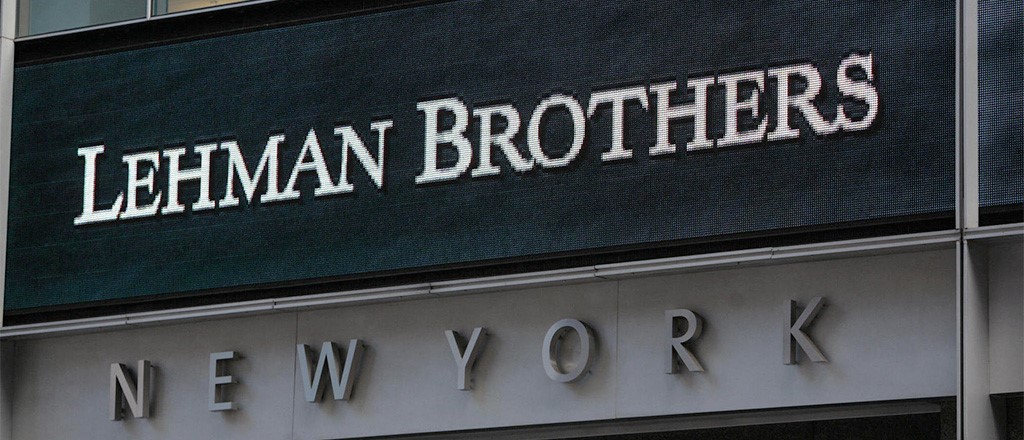









Comments (0)